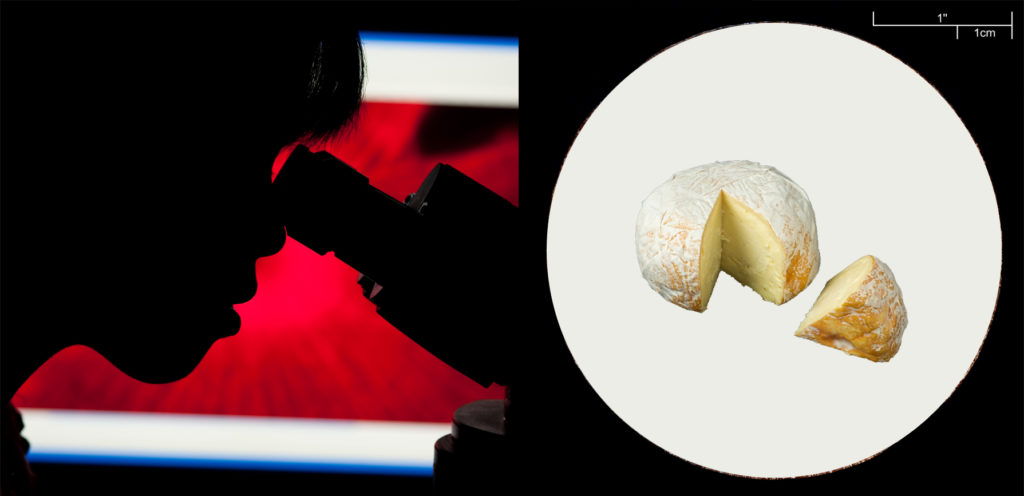Under the Microscope: Milk, Cheese and Dairy Products
The 2017 J E Cummins OBE Oration
 Associate Professor Sally Gras
Associate Professor Sally Gras
Director, ARC Dairy Innovation Hub
Reader, Department of Chemical & Biomolecular Engineering, The University of Melbourne
What does milk look like under the microscope? How does Mozzarella stretch and why are these properties important for Australia’s $13 billion farm, manufacturing and export industry?
Researchers at the ARC Dairy Innovation Hub are examining the science behind these questions, as they help manufacturers to add value, reduce risk and increase sustainability. In this talk, we will take a journey from the dairy farm gate to your plate. We will explore familiar foods using advanced microscopic techniques, from the fat droplets in milk to the protein structure of Camembert. We will look at how research is linking this microscopic detail to the yield and profitability of manufacturing, as well as the way these products taste, feel, melt and stretch. Find out about Hub research programs solving scientific and engineering challenges and how these can have a positive impact on both industry and the consumer.
About the Speaker:
Associate Professor Sally Gras is Director of the ARC Dairy Innovation Hub, which brings together Australia’s leading dairy research groups at the University of Melbourne and the University of Queensland in a five-year research program co-funded by the Australian Research Council, Dairy Innovation Australia Ltd and major dairy companies. The research program is engaging more than 30 researchers to address some of the major challenges identified as constraints to business growth and productivity in the dairy manufacturing sector.
A/Prof Gras is a Reader in the Department of Chemical and Biomolecular Engineering at the University of Melbourne, a leader of the Food and Agribusiness theme in the Melbourne School of Engineering and Associate Director of the Bio21 Molecular Science and Biotechnology Institute. Sally trained as a Chemical Engineer and Molecular Biologist and received her PhD in protein biophysics from Cambridge University, U.K.






